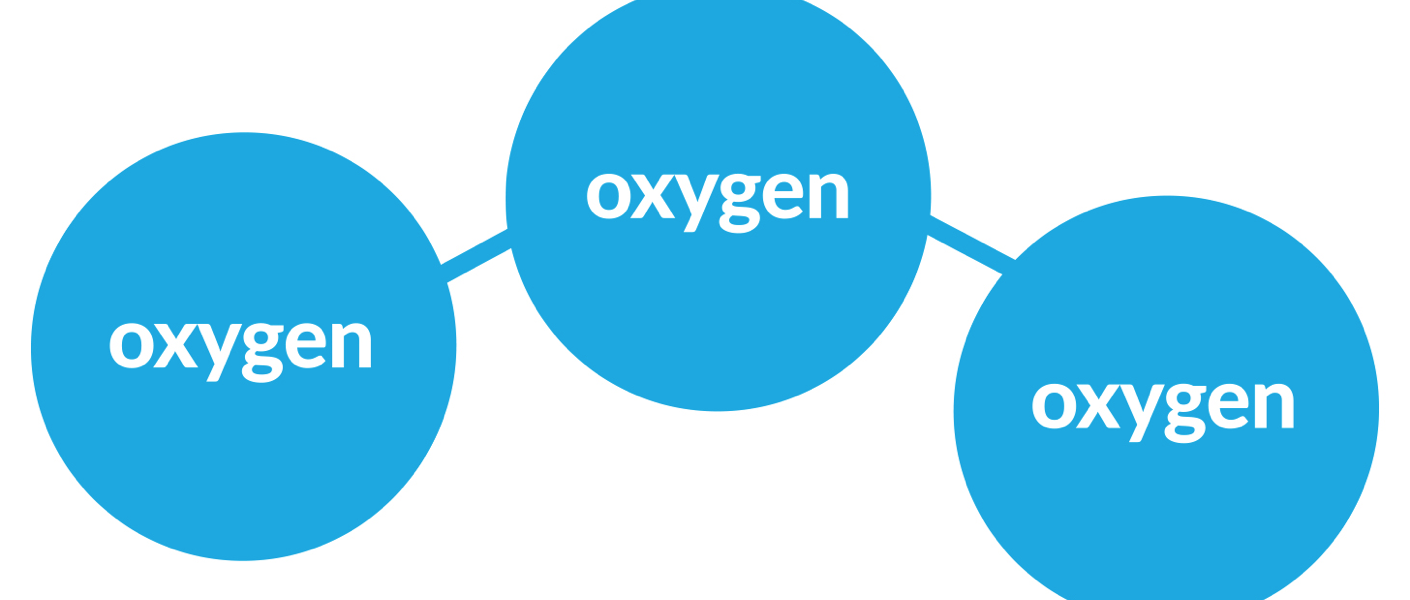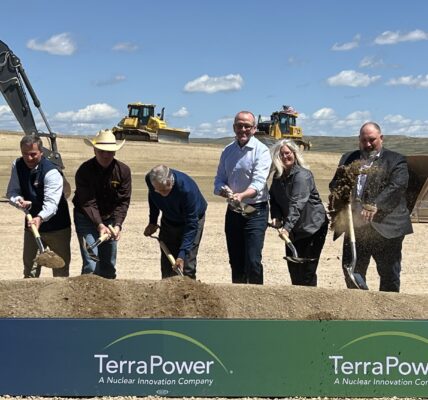With recently heightened concern about ozone in the Upper Green River Basin area, a Wyoming Department of Health (WDH) official is explaining potential health effects linked to higher ozone levels.
Current information on ozone levels at air monitoring stations operated by the Wyoming Department of Environmental Quality are updated and uploaded online.
So far, only ozone levels at the Boulder monitoring station have recently been elevated in the afternoons and evenings. The Upper Green River Basin area includes Pinedale, Big Piney, Daniel and Boulder.
Dr. Alexia Harrist, state health officer and state epidemiologist with WDH, said ground level ozone is formed through a complex chemical reaction involving hydrocarbons, nitrogen oxides and sunlight during certain weather conditions. Increased ozone levels can cause shortness of breath, coughing, wheezing, and eye and nose irritation.
“I encourage those living in the area to check the ozone levels at the nearby monitors. Recommendations for reducing health impacts are linked to the color-coded ‘Ozone Health Advisory Levels’ found on the monitoring website,” Harrist said. “When ozone levels are significantly elevated everyone who works, plays or spends time outdoors may feel some symptoms,” Harrist said. “These effects are increased and can be more dangerous for older adults, children, asthmatics and persons with other chronic respiratory ailments.”
Older adults are at increased risk because ozone can aggravate respiratory conditions they may already have. Children’s respiratory systems are still developing and they breathe more air (and ozone) pound for pound than adults. Ozone can also aggravate asthma, causing more attacks, increased use of medication and more medical treatment.
Harrist said people, especially those with higher risk levels, should limit their physical activity and time spent outdoors on high-ozone days. “We also want to remind people to speak with their healthcare providers about their personal risk for ozone-related health impacts, and to immediately contact a medical professional if they experience symptoms such as tightness in the chest, coughing, wheezing and shortness of breath,” she added.
For more information about ozone and its health effects, visit the U.S. Environmental Protection Agency ground level ozone web page.





